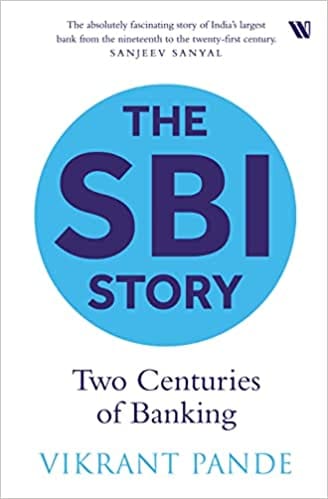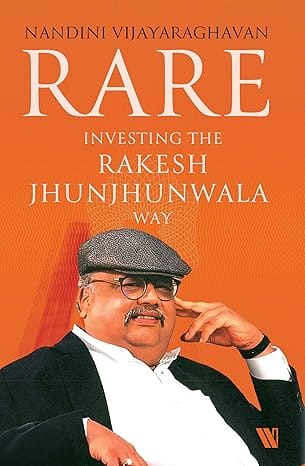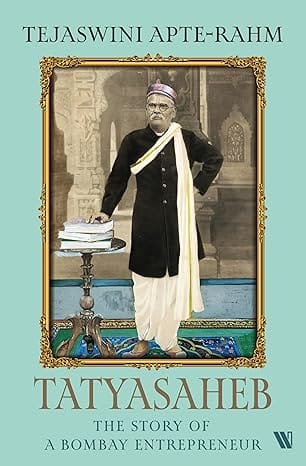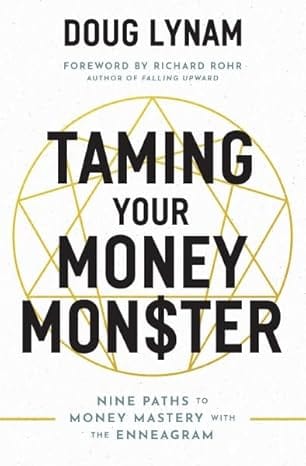-
Non-ficton
- Non-ficton
-
Contemporary Fiction
- Contemporary Fiction
-
Children
- Children
-
Comics & Graphic Novels
- Comics & Graphic Novels
-
Non-Fiction
- Non-Fiction
-
Fiction
- Fiction
From princes to peasants, musicians to masons, cement plant owners to casual labourers—the State Bank of India (SBI) has been the bank for Indians. Widely trusted and near-ubiquitous, the SBI has come to symbolise banking across the length and breadth of the nation.
The Presidency banks of the 1800s—the Bank of Bengal, the Bank of Madras and the Bank of Bombay—set up by the British to facilitate trade and the repatriation of remittances to England were its forebears. The SBI Story narrates the compelling circumstances that prompted the founding of the Presidency banks, how they fared back in the day and why they coalesced to emerge as the Imperial Bank in 1921, which came to be the State Bank of India in 1955.
Vikrant Pandey traces the SBI’s deep connection to India’s economic progress, and the bank’s proactive approach to change and to reinventing itself to meet the evolving needs of a growing nation. From banking for the classes to banking for the masses, it has striven to blend business goals with social obligations.
A history of the SBI is the story of how banking emerged in the last two centuries, and of how closely it participated in the key events that shaped a nation. Indeed, it is another way of looking at Indian history itself. Deeply researched and written in vivid prose, this book is a must-read for anyone interested in business and economic history.
Review
The absolutely fascinating story of India's largest bank from the nineteenth to the twenty-first century. – Sanjeev Sanyal
The absolutely fascinating story of India's largest bank from the nineteenth to the twenty-first century. Vikrant takes us on the long journey from the colonial period, through the socialist period to the re-emergence of India as an economy of global consequence; State Bank of India has been at the heart of it all. Written is a simple narrative style, it makes economic history accessible to a wider audience.
- Sanjeev Sanyal, Principal Economic Adviser, Government of India
About the Author
Vikrant Pande has to date translated twelve Marathi works into English, including Sambhaji (Vishwas Patil) and Duryodhan (Kaka Vidhate). His recent book (co-authored with Neelesh Kulkarni),In the footsteps of Rama: Travels with the Ramayana, was published in 2021. Vikrant's translation of Girish Kuber's Marathi work, Tatayan, The Tatas: How a Family Built a Business and a Nation won the Gaja Capital Best Business book award of 2019. Vikrant is a graduate of IIM Bangalore.
- Home
- Business And Economics
- The Sbi Story Two Centuries Of Banking
The Sbi Story Two Centuries Of Banking
SIZE GUIDE
- ISBN: 9789391234683
- Author: Vikrant Pande
- Publisher: Westland Business
- Pages: 216
- Format: Hardback
Book Description
From princes to peasants, musicians to masons, cement plant owners to casual labourers—the State Bank of India (SBI) has been the bank for Indians. Widely trusted and near-ubiquitous, the SBI has come to symbolise banking across the length and breadth of the nation.
The Presidency banks of the 1800s—the Bank of Bengal, the Bank of Madras and the Bank of Bombay—set up by the British to facilitate trade and the repatriation of remittances to England were its forebears. The SBI Story narrates the compelling circumstances that prompted the founding of the Presidency banks, how they fared back in the day and why they coalesced to emerge as the Imperial Bank in 1921, which came to be the State Bank of India in 1955.
Vikrant Pandey traces the SBI’s deep connection to India’s economic progress, and the bank’s proactive approach to change and to reinventing itself to meet the evolving needs of a growing nation. From banking for the classes to banking for the masses, it has striven to blend business goals with social obligations.
A history of the SBI is the story of how banking emerged in the last two centuries, and of how closely it participated in the key events that shaped a nation. Indeed, it is another way of looking at Indian history itself. Deeply researched and written in vivid prose, this book is a must-read for anyone interested in business and economic history.
Review
The absolutely fascinating story of India's largest bank from the nineteenth to the twenty-first century. – Sanjeev Sanyal
The absolutely fascinating story of India's largest bank from the nineteenth to the twenty-first century. Vikrant takes us on the long journey from the colonial period, through the socialist period to the re-emergence of India as an economy of global consequence; State Bank of India has been at the heart of it all. Written is a simple narrative style, it makes economic history accessible to a wider audience.
- Sanjeev Sanyal, Principal Economic Adviser, Government of India
About the Author
Vikrant Pande has to date translated twelve Marathi works into English, including Sambhaji (Vishwas Patil) and Duryodhan (Kaka Vidhate). His recent book (co-authored with Neelesh Kulkarni),In the footsteps of Rama: Travels with the Ramayana, was published in 2021. Vikrant's translation of Girish Kuber's Marathi work, Tatayan, The Tatas: How a Family Built a Business and a Nation won the Gaja Capital Best Business book award of 2019. Vikrant is a graduate of IIM Bangalore.
Related Books
User reviews
NEWSLETTER
Subscribe to get Email Updates!
Thanks for subscribing.
Your response has been recorded.

India's Iconic & Independent Book Store offering a vast selection of books across a variety of genres Since 1978.
"We Believe In The Power of Books" Our mission is to make books accessible to everyone, and to cultivate a culture of reading and learning. We strive to provide a wide range of books, from classic literature, sci-fi and fantasy, to graphic novels, biographies and self-help books, so that everyone can find something to read.
Whether you’re looking for your next great read, a gift for someone special, or just browsing, Midland is here to make your book-buying experience easy and enjoyable.
We are shipping pan India and across the world.
For Bulk Order / Corporate Gifting
 +91 9818282497 |
+91 9818282497 |  [email protected]
[email protected]
Click To Know More
INFORMATION
POLICIES
ACCOUNT
QUICK LINKS
ADDRESS
Shop No.20, Aurobindo Palace Market, Near Church, New Delhi














